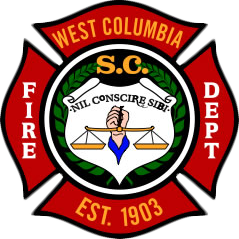1. We Serve the Community: This principle highlights the department’s primary purpose: to serve and protect its community. This principle embodies the department’s commitment to providing prompt and professional emergency response services to the public. This principle also implies that the department is an integral part of the community and that they are committed to building strong relationships with the people they serve.
2. We Serve Each Other: This principle emphasizes the importance of teamwork and mutual support among members of the department. It recognizes that each department member is valuable and essential to the team’s overall success. This principle also implies that the department fosters a culture of respect, integrity, and empathy among its members.
3. We Train to Serve: This principle emphasizes the importance of ongoing training and development for members of the department. It recognizes that emergency response services require specialized skills and knowledge that need to be continually updated and refined. This principle also implies that the department is committed to providing its members with the resources and support they need to excel in their roles and serve the community to the best of their abilities.


